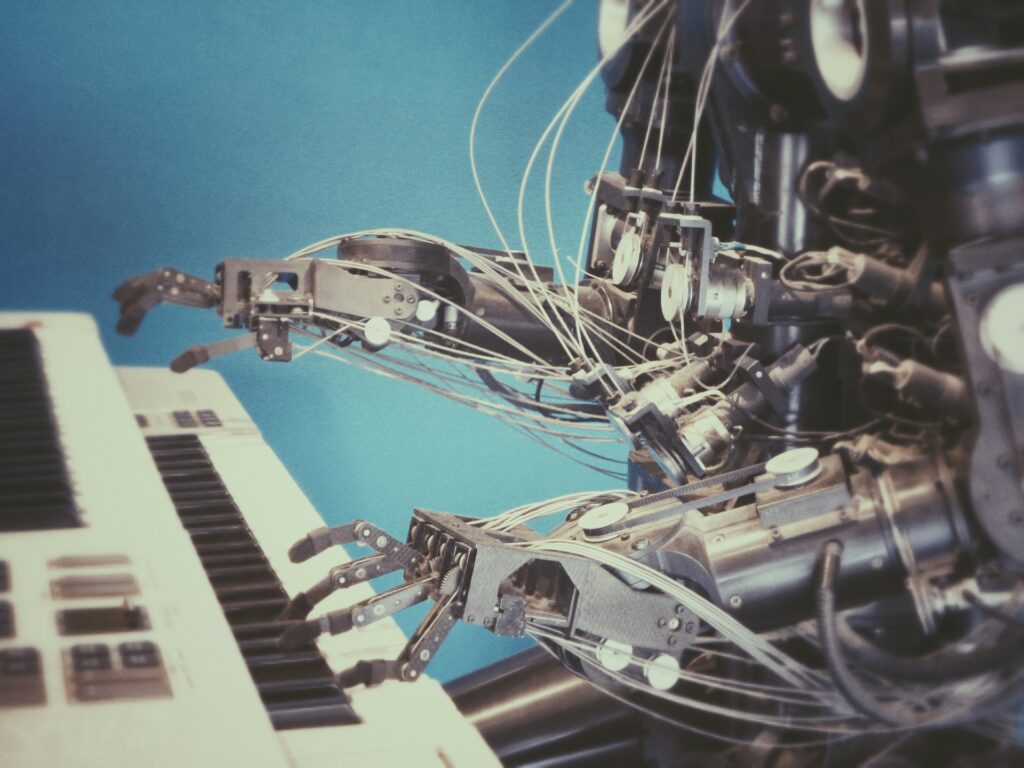Introduction: Artificial Intelligence (AI) has emerged as one of the most transformative technologies of the 21st century. From revolutionizing industries to enhancing daily life, AI’s impact is far-reaching and profound. This article explores the multifaceted world of AI, delving into its technical specifications, applications, benefits, challenges, and future prospects.
Technical Specifications
AI Algorithms and Models
AI systems are built on complex algorithms and models, including:
- Machine Learning (ML): Techniques such as supervised, unsupervised, and reinforcement learning.
- Deep Learning (DL): Neural networks, particularly Convolutional Neural Networks (CNNs) and Recurrent Neural Networks (RNNs).
- Natural Language Processing (NLP): Tools for language understanding and generation, including transformers like GPT-4.
Data Requirements
- Big Data: AI thrives on vast amounts of data, requiring robust data collection and preprocessing techniques.
- Data Labeling: Essential for supervised learning, involving human or automated methods to annotate data.
Computational Power
- Hardware: High-performance GPUs and TPUs for training complex models.
- Cloud Computing: Platforms like AWS, Google Cloud, and Azure provide scalable computing resources.
Software Frameworks
- TensorFlow: An open-source ML framework by Google.
- PyTorch: A flexible framework developed by Facebook.
- Keras: A high-level API for neural networks, integrated with TensorFlow.
Applications
Healthcare
- Diagnostics: AI-powered tools for image analysis, such as detecting tumors in radiology.
- Personalized Medicine: Tailoring treatments based on patient data and predictive analytics.
Finance
- Algorithmic Trading: Automated trading strategies based on market data analysis.
- Fraud Detection: Identifying fraudulent activities through anomaly detection.
Transportation
- Autonomous Vehicles: Self-driving cars leveraging sensors, cameras, and AI algorithms.
- Traffic Management: Optimizing traffic flow using predictive analytics.
Retail
- Recommendation Systems: Personalized shopping experiences based on user behavior.
- Inventory Management: Predicting stock needs and reducing waste.
Education
- Adaptive Learning: Customized educational content and pacing for individual students.
- Administrative Automation: Streamlining tasks like grading and scheduling.
Benefits
Efficiency and Productivity
AI systems can perform tasks faster and more accurately than humans, leading to significant productivity gains.
Cost Reduction
Automation of repetitive tasks reduces labor costs and minimizes human error.
Enhanced Decision-Making
AI provides data-driven insights that enhance strategic decision-making across various sectors.
Improved Customer Experience
Personalized services and 24/7 customer support via AI-driven chatbots and virtual assistants.
Challenges and Limitations
Ethical Concerns
- Bias and Fairness: Ensuring AI systems do not perpetuate or exacerbate biases.
- Privacy: Safeguarding personal data against misuse.
Technical Challenges
- Data Quality: High-quality data is crucial for training effective AI models.
- Scalability: Managing the computational resources required for large-scale AI deployments.
Regulatory Hurdles
Navigating the evolving legal landscape regarding AI usage and accountability.
Latest Innovations
Explainable AI (XAI)
Developing models that provide understandable and transparent results, crucial for trust and regulatory compliance.
AI in Quantum Computing
Leveraging quantum computing to solve complex problems that are infeasible for classical computers.
Edge AI
Implementing AI on edge devices to reduce latency and enhance real-time processing capabilities.
Future Prospects
General AI
Progressing towards AI systems with general intelligence, capable of performing any intellectual task that a human can do.
AI in Space Exploration
Using AI to analyze vast amounts of data from space missions and assist in autonomous navigation of spacecraft.
AI and Human Augmentation
Integrating AI with human capabilities to enhance cognitive and physical abilities.
Comparative Analysis
AI vs. Human Intelligence
- Speed and Accuracy: AI excels in Artificial Intelligence processing large data sets rapidly, while humans are better at creative and abstract thinking.
- Adaptability: Humans can learn and adapt in diverse environments, a challenge for current AI systems.
AI vs. Traditional Software
- Learning Capability: Unlike traditional software, AI systems can learn and improve over time.
- Complexity: AI can handle more complex and unstructured data compared to rule-based software.
User Guides or Tutorials
Getting Started with AI
- Learn the Basics: Understand key concepts in AI, ML, and DL.
- Choose a Framework: Start with user-friendly platforms like TensorFlow or PyTorch.
- Data Collection: Gather and preprocess data relevant to your project.
- Model Training: Develop and train your AI models.
- Evaluation and Deployment: Test the models and deploy them in real-world applications.
Building a Simple Neural Network
- Setup Environment: Install Python and necessary libraries.
- Data Preparation: Load and preprocess the dataset.
- Model Definition: Create a neural network architecture.
- Training: Train the model on the dataset.
- Evaluation: Test the model’s performance and make improvements.
Conclusion
Artificial Intelligence continues to revolutionize various aspects of life and industry. While it presents numerous benefits, it also poses significant challenges that need to be addressed. By understanding the technical foundations, applications, and future potential of AI, we can better navigate its complexities and harness its capabilities for the greater good.

